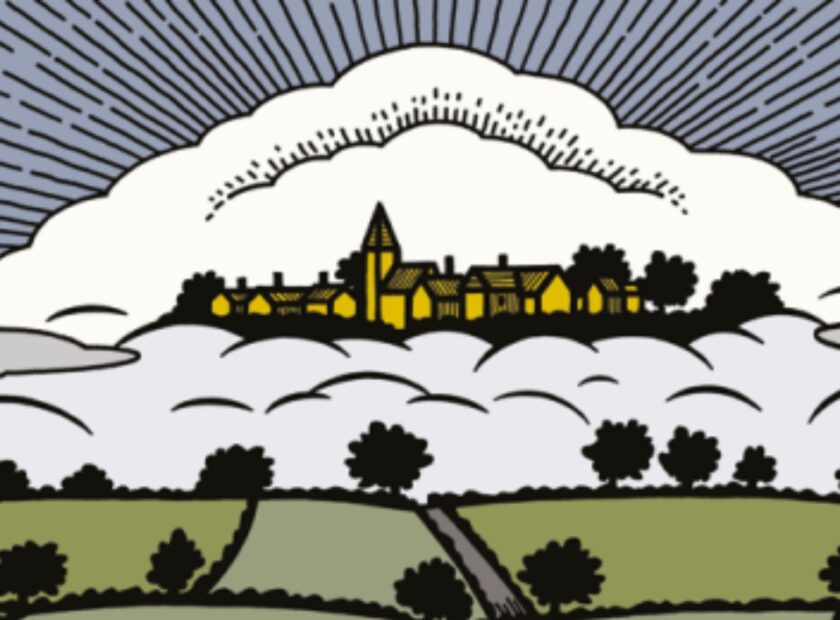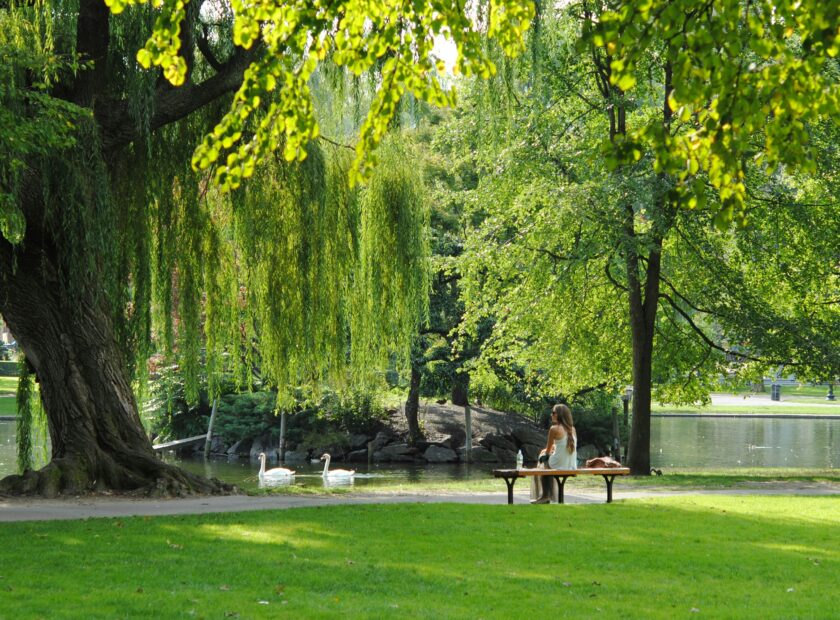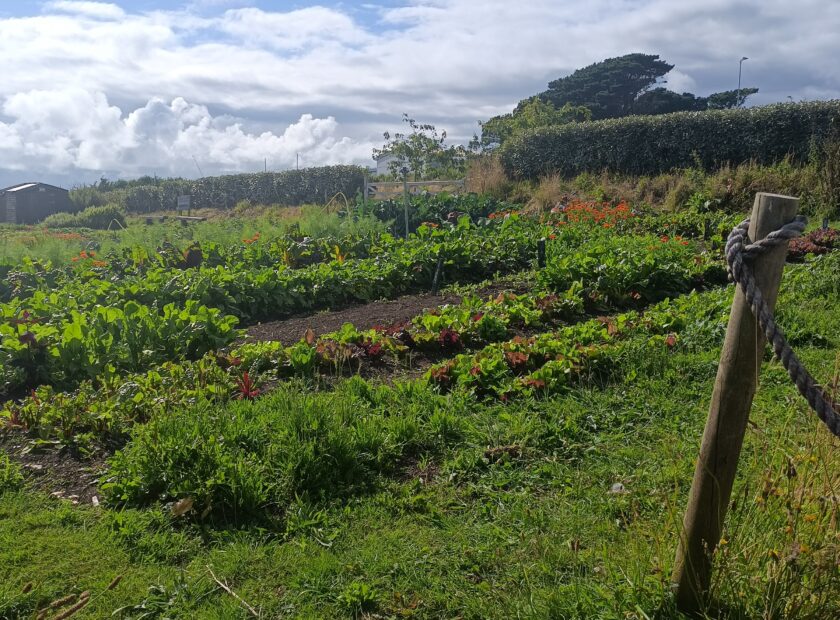In November the TCPA launched a new report London – Planning for a Just City?, the outcome of a year-long research project exploring how London’s Local Plans – both through the plan-making process and through their policies – can reduce inequalities and create the conditions for various communities to live healthier, more fulfilling and happier lives. What underpins this work is the fundamental belief that planning can and should be a transformational social force that can provide all people with a decent and sustainable home and help people shape and evolve their communities.
The research demonstrates stark variations between Local Planning Authorities in the degree to which they prioritise inclusion and equality in planning policy development. Many factors outlined in the report – including the absence of a well-resourced support framework for community-based planning and the lack of ambitious planning policies in Local Plans to reduce forms of exclusion – highlight that many of London’s Local Planning Authorities appear to have lost sight of planning’s capacity to create a more socially just society. In a vision of social justice for the built environment, planning redistributes power in the form of wealth and influence to those currently excluded from the creation and allocation of the benefits that planning generates.
As practitioners responsible for shaping people’s living environments, planners are required to critically interrogate how planning can implement this vision to tackle poverty, inequality and exclusion. The opening paragraphs of the report emphasise that social justice is both procedural and substantive, requiring genuine collaboration between communities and professionals to create outcomes for people who have limited or no access to safe and decent homes, green and play space, services and facilities, transport connections and meaningful jobs. The research also demonstrates how the severe underfunding of Local Planning Authorities and Government policies such as Permitted Development Rights undermine local government’s ability to plan positively.
The report outlines a framework of recommendations that would lead to a more socially just planning system. It includes powerful case studies, many of which centre around the efforts of local communities to establish a vision of what social justice planning might look like. The hard work of the Friends of the Joiners Arms, Grand Union Alliance, Hackney Quest, Latin Elephant, Thames Ward Community Project, Tonic Living, Vital Old Kent Road and Southwark Law Centre (outlined as case studies within the research), as well as the countless other community-based campaigns and organisations in London and beyond, demonstrates how planning could better meet the various needs and aspirations of London’s diverse population.
This article was written by Koen Rutten, Projects Assistant at the TCPA, linked to the Planning for Inclusive Communities in London project, with input from Laura Heykoop, Projects and Policy Manager at the TCPA.



